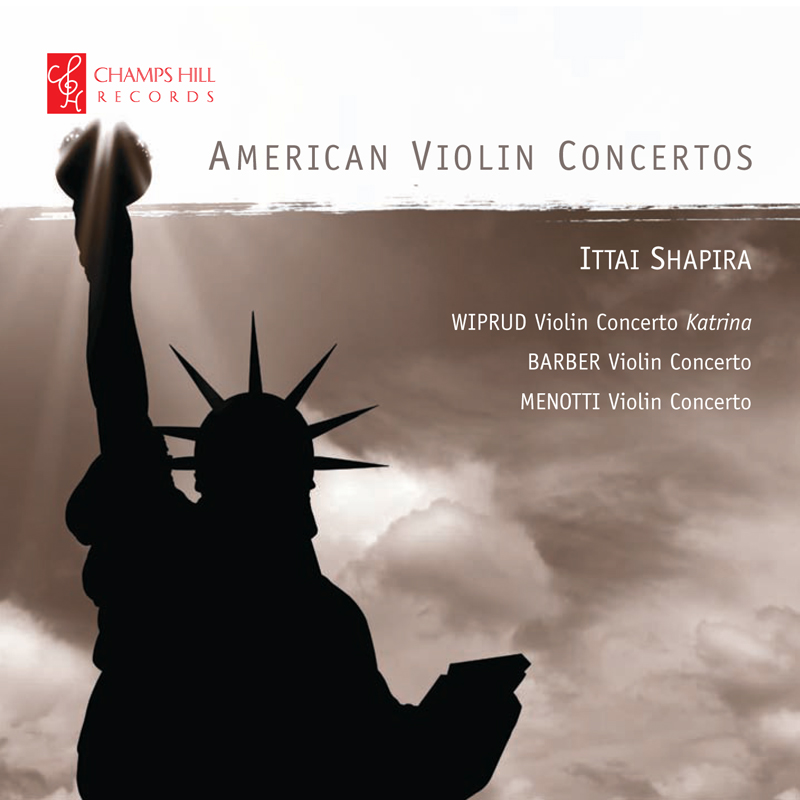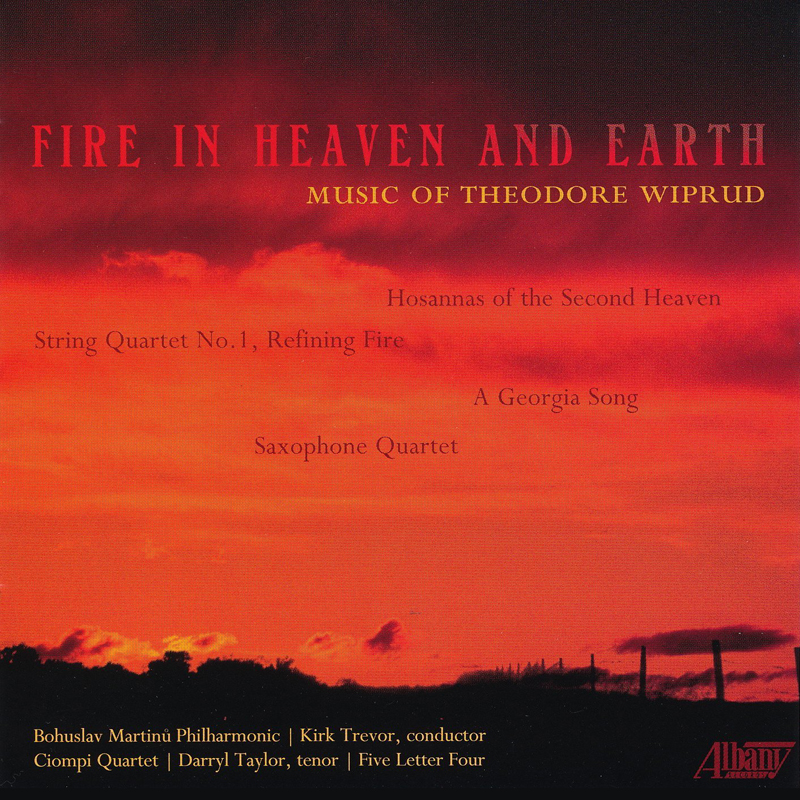An orchestra work inspired by the lands, peoples, and histories of South Dakota.
Full orchestra 3.2.2.2 – 4.3.3.1 – timp+2 – strings / 17 min.
Program Note
Wind of Many Voices could only have been conceived through my time in South Dakota over the past year. Musical images of rugged mountains, of vast prairies, of isolated country churches, of rivers and streams, of the teeming life in every inch of land and sky – these are the materials of the work. I think of them as voices coming from land and sky and the humans who live there, all carried on the wind.
The rough-hewn simplicity of the opening soon flowers into dazzling harmony, and the adventure begins. Echoes of Lakota and Dakota music come through – the vigor of the drum and the subtlety of the cedar flute, expressed in my own musical language. Each image or voice recurs several times with different expression, be it gentle, aggressive, mournful, or triumphant. The drama is driven by the succession and change of these voices, and also by contrasts among modes (the specific collection of notes in use at any given time): pentatonic, with a folk-music sound; whole-tone, with a weightless sound; and octatonic, with a dark, magical sound. These modes are set side by side, and frequently combine in novel textures.
Before I was named Music Alive Composer-in-Residence with the South Dakota Symphony, I admit that I had little idea of the Dakotas. But my own Norwegian forebears homesteaded and put down roots in the region. I have hiked and fished in many Western states. And now I have explored the four corners of South Dakota, listening to the musical ideas of Native American teens and adults, helping them realize those ideas as works of art played by the musicians of the South Dakota Symphony. Wind of Many Voices is in a sense my gift back to all of them. Like Aaron Copland, of Brooklyn, New York, where I live, I want to reflect back the inspiration I find in the West.
Five months before the premiere, the South Dakota Symphony afforded me the rare opportunity to try out sketches for this piece in a sight-reading workshop. Musicians’ technical comments directly influenced the way I went on to complete the work. Comments from listeners, too, changed the way I heard my own music. Most notably, several spoke to me about the frightful wind that I had referred to in describing one passage. They reminded me about the impact the wind could have on homesteaders, as depicted in the classic Giants in the Earth, by Rolvaag. Perhaps as a result, the sound of the wind became an organizing principle in this piece, evoked by suspended cymbals and gong, and eventually by the whole roaring orchestra.






